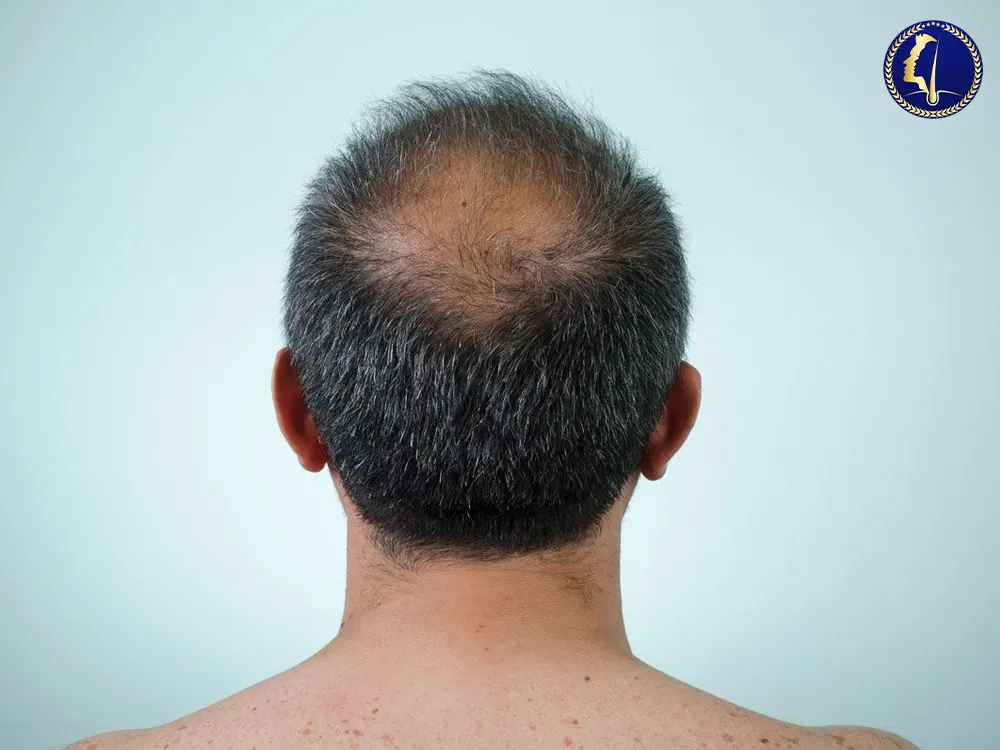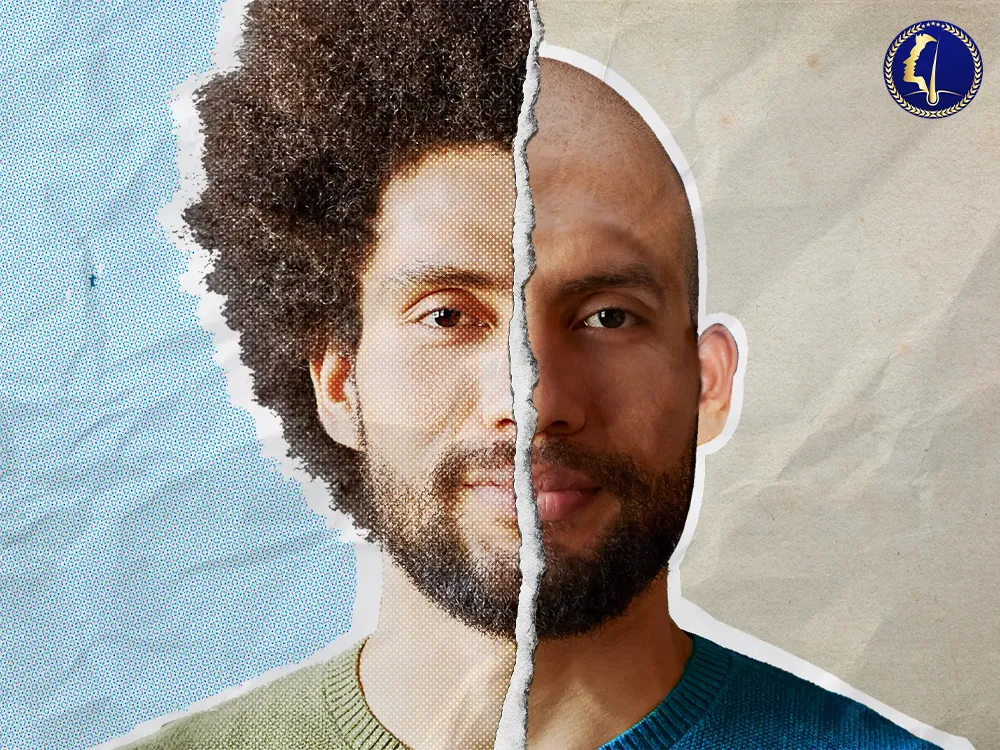Hair transplants have become a popular solution for individuals facing hair loss in Singapore. The procedure offers a chance to restore a fuller head of hair and, with it, a renewed sense of confidence. However, many considering this option are curious about the results they can expect and what the process entails both before and after the procedure. This guide delves into the hair transplant journey in Singapore, highlighting what you can anticipate before undergoing the procedure, the transformation you can expect afterward, and important considerations to keep in mind.
Understanding Hair Transplant Procedures
Before diving into the specifics of before and after results, it’s crucial to understand the basic types of hair transplant procedures available in Singapore. The most common methods are Follicular Unit Extraction (FUE) and Follicular Unit Transplantation (FUT).
Follicular Unit Extraction (FUE): This method involves extracting individual hair follicles from a donor area, typically the back of the head, and implanting them into the thinning or balding areas. FUE method is minimally invasive, leaves tiny, almost invisible scars, and has a relatively quick recovery time.
Follicular Unit Transplantation (FUT): Also known as the strip method, FUT involves removing a strip of scalp from the donor area and then dissecting it into individual follicular units to be implanted. This method can yield a larger number of grafts in a single session but may leave a linear scar.
Before the Procedure

1. Consultation and Planning
The first step in the hair transplant process is a detailed consultation with a qualified hair transplant specialist. In Singapore, many clinics offer personalized consultations where the surgeon evaluates your hair loss pattern, discusses your goals, and determines the best approach. During this stage, the surgeon will also discuss the number of grafts required, the expected density, and the overall cost.
- Medical Evaluation: The doctor will assess your overall health and ensure that you are a good candidate for the procedure. Conditions like uncontrolled diabetes or blood clotting disorders may affect eligibility.
- Realistic Expectations: Setting realistic expectations is crucial. The doctor will show you before-and-after photos of previous patients and use advanced imaging techniques to simulate potential results.
- Pre-Procedure Instructions: Patients are usually advised to avoid smoking, alcohol, and certain medications like blood thinners before the procedure. These instructions help reduce the risk of complications during and after the transplant.
2. Preparation
As the day of the procedure approaches, patients should follow specific guidelines to ensure they are fully prepared:
- Hair Washing: Patients are often instructed to wash their hair with a special shampoo provided by the clinic the night before and the morning of the surgery.
- Clothing: Wear loose, comfortable clothing on the day of the procedure. A shirt that buttons up or zips in the front is ideal to avoid pulling it over your head after surgery.
- Rest: Get a good night’s sleep before the procedure and arrange for someone to drive you home afterward.
During the Procedure
On the day of the surgery, the process typically involves the following steps:
- Anesthesia: Local anesthesia is administered to numb the scalp. Some clinics also offer sedation to help patients relax.
- Harvesting Grafts: Depending on whether you are undergoing FUE or FUT, the surgeon will either extract individual follicles or remove a strip of scalp for dissection.
- Implantation: The harvested grafts are then carefully implanted into the recipient areas. The surgeon ensures that the placement of grafts follows the natural hair growth pattern to achieve a natural-looking result.
- Duration: The procedure can last anywhere from 4 to 8 hours, depending on the number of grafts being transplanted.
After the Procedure

1. Immediate Post-Procedure Care
After the procedure, patients receive specific instructions to promote healing and ensure the best possible results:
- Bandaging: The donor area may be bandaged, and patients may be advised to wear a protective cap when going outside.
- Medication: Pain relievers, antibiotics, and anti-inflammatory medications are often prescribed to manage discomfort and prevent infection.
- Sleeping Position: Patients are usually advised to sleep with their head elevated for the first few nights to reduce swelling.
2. First Few Weeks
The first few weeks after the transplant are crucial for healing and graft survival:
- Scabbing and Redness: It is normal to experience some scabbing, redness, and swelling in both the donor and recipient areas. These usually subside within a few days to weeks.
- Shed Hair: Patients may notice shedding of the transplanted hair in the first few weeks. This is a normal part of the process, as the hair follicles enter a resting phase before new growth begins.
- Follow-Up: Regular follow-up appointments are essential to monitor progress and address any concerns.
3. Long-Term Results
The most exciting part of the hair transplant journey is observing the results unfold over time:
- Hair Growth Timeline: New hair growth typically begins around 3 to 4 months post-transplant. Full results are usually visible by 9 to 12 months, with hair continuing to thicken over the next year.
- Maintenance: Most transplanted hair is permanent, but some patients may require maintenance treatments such as PRP (Platelet-Rich Plasma) therapy or medication to preserve the existing hair.
FAQs
1. How long does a hair transplant procedure take?
The duration of a hair transplant procedure can vary depending on the number of grafts required. On average, it can take between 4 to 8 hours.
2. Is the hair transplant procedure painful?
Local anesthesia is used during the procedure, so patients typically do not feel pain. Post-operative discomfort is usually manageable with prescribed pain medication.
3. When will I see the final results of my hair transplant?
Final results are typically visible between 9 to 12 months after the procedure, although some patients may see continued improvement up to 18 months post-surgery.
4. Will the transplanted hair look natural?
When performed by a skilled surgeon, hair transplants can produce very natural-looking results. The key is in the meticulous placement of grafts following the natural hair growth pattern.
5. Are there any risks or complications associated with hair transplants?
As with any surgical procedure, there are potential risks such as infection, scarring, and unnatural-looking results. However, these risks are minimized when the procedure is performed by an experienced surgeon in a reputable clinic.
Conclusion
Hair transplant procedures in Singapore offer a promising solution for individuals struggling with hair loss. The process, from the initial consultation to the final results, involves careful planning and attention to detail to ensure natural, satisfactory outcomes. By understanding what to expect before and after the procedure, patients can approach their hair restoration journey with confidence and realistic expectations. Whether you are just starting to explore your options or are ready to take the next step, Singapore’s skilled surgeons and advanced clinics can help you achieve the look you desire.



